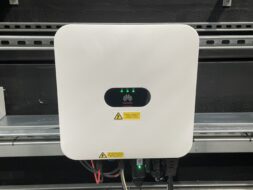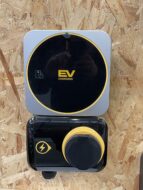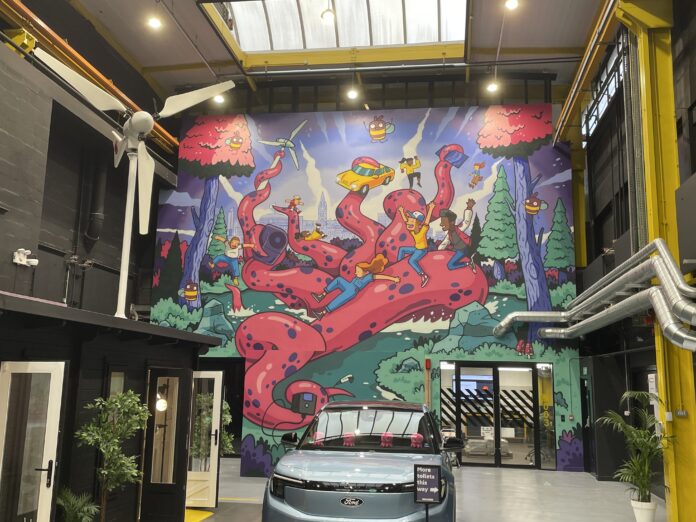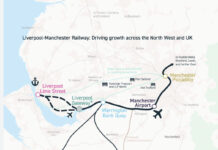Hidden behind giant black sliding doors, a short walk from Piccadilly Station lies an organisation with a mission to lead innovation in the energy market and with smart systems help us reach the goal of Net Zero.
Kraken’s AI-powered platform allows the grid to interact with thousands of electric vehicles, chargers, and domestic home batteries, creating a decentralised energy system that helps drive household energy costs down, reduce dependence on back-up fossil generation and ease transmission bottlenecks.

We are at the cusp of a new revolution says Devrim Celal, chief marketing and flexibility officer at Kraken similar to the revolution that saw our roads transformed from carrying horse drawn to petrol vehicles at the start of the twentieth century.
The tech centre is already integrated with 250,000 electric vehicles through SmartFlex technology.
Aggregated annually, this amounts to around £90 million of consumer savings and over 8,000 tonnes of CO2 savings, compared to unmanaged charging.
But it is more than just electric cars-Kraken’s dream is for an electric battery powered by solar panels to be as common in the home as the refrigerator is today.
The potential is huge.If 90 per cent of homes went down this path we would reduce our overall emissions by 55%.
We spoke to Andy Molineaux, director of engineering and integrations at Kraken.
To get to net zero Andy tells us everything has to be smartly managed, the wind doesn’t always blow and the sun doesn’t always shine and as we move to using more renewables, we need to be clever about how we use that energy.
He explains how the owner of an electric vehicle going home at night and plugging it in can consume energy in the most efficient way.
All the owner wants is to wake up the next morning with the car charged and ready to go as cheap as possible and what then happens is that the device will choose the slots during the night when it is cheaper by looking at what your house is doing and what the grid is doing-ie when there are more renewables being pumped to the grid, the system will use that time to charge the car.
Did you know Andy said that in 2020/21 we paid 500 million to turn off wind farms simply because there was just too much energy being produced and the simply reason for that was that we didn’t have enough things that could use that energy
Storage says Andy is a challenge, you can store it in batteries,you can store it in big pumped hydros.There are some in Scotland operating when water is pumped up the hill and then overnight released and gravity will produce the energy saved earlier in the day
Big industrial batteries are already around that will top up where energy is required.In Australia, battery technology can supply a block or neighbourhood with power with solar panels feeding back into the system.
Heat can also be storage-Most people still rely on gas boilers to heat the home.
A house with Electric heat with a hot water tank, a heat pump and electric heating could be managed to use energy in a far more efficient way heating the water when energy is cheaper and more readily available.

There has been a lot of negativity recent about the feasibility of getting to net zero.Andy says it is completely feasible and before 2050 with 2030 targets looming into view.
We will have to move a lot of things that are currently consuming gas and petroleum products.We would have to have 20-30 million Ev’s on the road to be fully carbon neutral and there are around 20 million gas boilers in the UK.
Heat pumps get bad press but as Andy points out in places such as the Netherlands and Germany, Heat Pumps are pretty common.We are ten years behind in the UK and Andy says that the biggest issue is simply educating people that there is no need to compromise.
We are closer with EV’s, people have crossed the bridge says Andy, the charging network is in place but range anxiety is still all too common.
Andy believes that planning systems are there for the longer journeys with 15-20 minutes of charge at a stopping off point during a predetermined journey and then look at the cost.
If you have the ability to charge at home and using an intelligent system such as Kraken provide, then electric costs can be almost one third of that in a charging hub.







